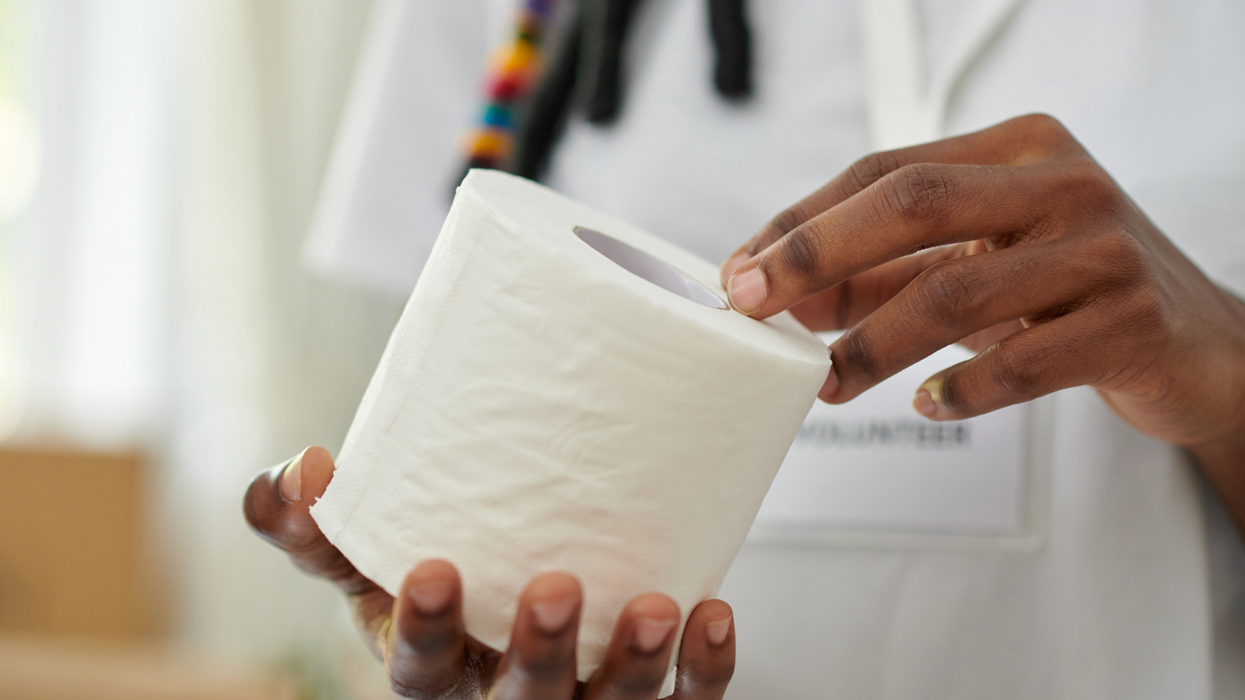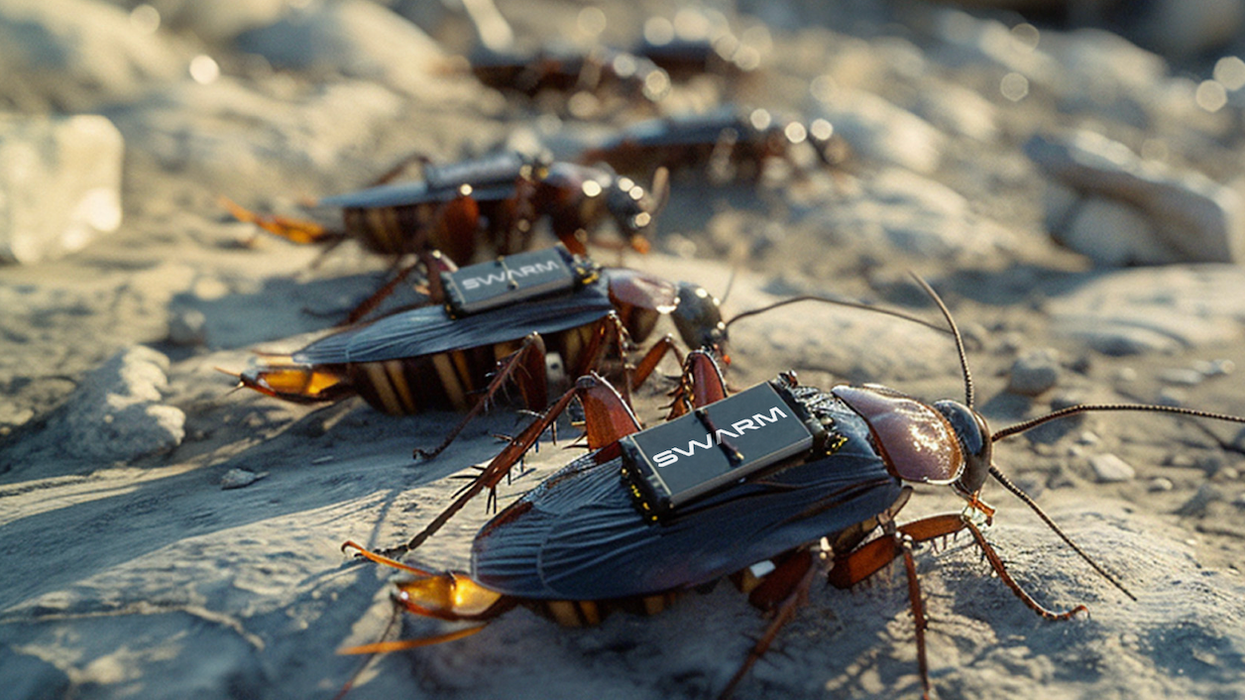Each day at sunrise, dark blues and blacks fade into powder blue, with hints of bright orange lighting up the sky. Early risers can spot the "terminator" or "twilight zone"—the line separating day from night. From space, though, the view is remarkably different. In June 2020, NASA astronaut Bob Behnken (@astrobehnken), aboard the International Space Station (ISS), tweeted two breathtaking images of the terminator line, captivating thousands of people.

Orbiting 248 miles (400 kilometers) above Earth, the ISS experiences 16 sunrises and sunsets daily. In the photos Bob shared, a sliver of Earth’s sphere is visible. One side remains in shadow while the other is bathed in sunlight, with the edge of the lit portion glowing brightly. “My favorite views of our planet that capture the boundary between night and day,” Bob described in the caption. The pictures were topped up with snippets of solar panels and apparatus of the space station.

According to the Daily Express, these photographs were taken only a couple of days after Bob and a fellow astronaut Chris Cassidy participated in a historic spacewalk on the ISS. This team of astronauts became the first to splash down in an American spacecraft in 45 years, thus completing the Demo-2 mission, a collaboration between NASA and Elon Musk’s SpaceX. Bob, along with another astronaut Douglas Hurley lifted off from NASA Kennedy Space Center’s Launch Complex 39A towards ISS on May 30, 2020, on board the SpaceX space capsule "Crew Dragon Endeavour."
Just awesome to be back in space and on @Space_Station! pic.twitter.com/JY7CiOgaXe
— Bob Behnken (@AstroBehnken) June 3, 2020
Per the Daily Express, their objective for this mission was to replace aging nickel-hydrogen batteries for one of the orbiting laboratory’s two power channels, as well as conduct two spacewalks. This mission followed the previous mission by NASA astronauts Christina Koch and Jessica Meir, who made history by conducting the first-ever all-women spacewalk in October 2019.
My favorite views of our planet that capture the boundary between night and day. pic.twitter.com/Jo3tYH8s9E
— Bob Behnken (@AstroBehnken) June 28, 2020
When Bob shared the breathtaking photographs, hundreds of people commented. “So incredibly beautiful. Life’s problems whatever they may be, don’t seem too big from that vantage point,” said @sactotrixie. @arlingtonstarla commented, “I love what looks like a blue Horizon line just before the blackness of space.” @ccdarko7empest quipped, "I don't mind being in space until 2020 is over!"
Among these people, some even triggered flat-earthers to see these photos and change their views about the planet. For instance, @iammrsumitd commented, “This is also for everyone who thinks the earth is flat.” @shanuirshad joked, "Flat earthers have left the chat!"
Just a week before Bob shared these stunning “terminator zone” photographs, the other astronaut on the mission, Hurley had shared another picturesque view of a huge Sahara dust plume spreading over the Atlantic Ocean. Plus, after the spacewalk, Bob also shared another photograph depicting the view of the sunset from the ISS.
During our spacewalk from @Space_Station on Wednesday, we set the camera to automatically take shots every few seconds. This one that captured a sunset is my favorite! pic.twitter.com/1vwHffTvxr
— Bob Behnken (@AstroBehnken) July 3, 2020



















 A woman looks at post-it notes while thinking Canva
A woman looks at post-it notes while thinking Canva Two women on a couch are having a conversationCanva
Two women on a couch are having a conversationCanva A father and son sit on a porch talking Canva
A father and son sit on a porch talking Canva A woman paints on a canvasCanva
A woman paints on a canvasCanva A student high-fives with his teacherCanva
A student high-fives with his teacherCanva

 A road near equatorial Atlantic OceanCanva
A road near equatorial Atlantic OceanCanva Waves crash against rocksCanva
Waves crash against rocksCanva
 Older woman drinking coffee and looking out the window.Photo credit:
Older woman drinking coffee and looking out the window.Photo credit:  An older woman meditates in a park.Photo credit:
An older woman meditates in a park.Photo credit:  Father and Daughter pose for a family picture.Photo credit:
Father and Daughter pose for a family picture.Photo credit:  Woman receives a vaccine shot.Photo credit:
Woman receives a vaccine shot.Photo credit: 
 Image artifacts (diffraction spikes and vertical streaks) appearing in a CCD image of a major solar flare due to the excess incident radiation
Image artifacts (diffraction spikes and vertical streaks) appearing in a CCD image of a major solar flare due to the excess incident radiation
 Brady Feigl in February 2019.
Brady Feigl in February 2019.
 Yonaguni Monument, as seen from the south of the formation.
Yonaguni Monument, as seen from the south of the formation.